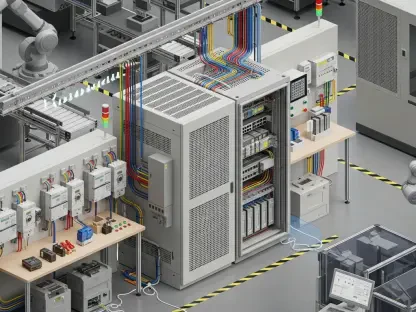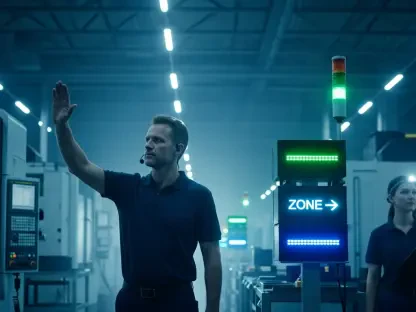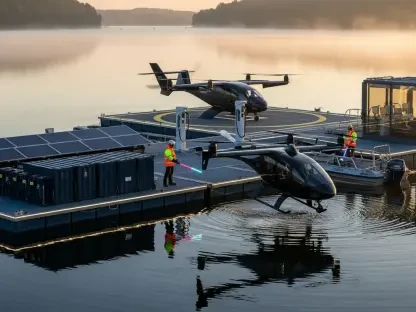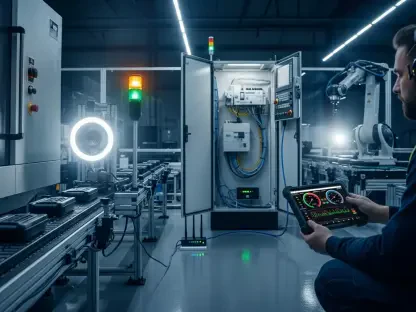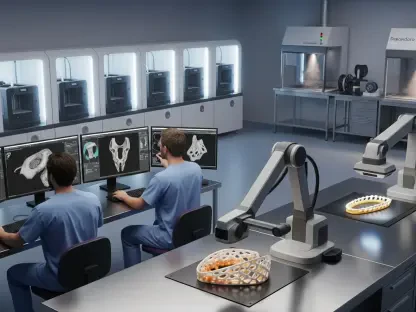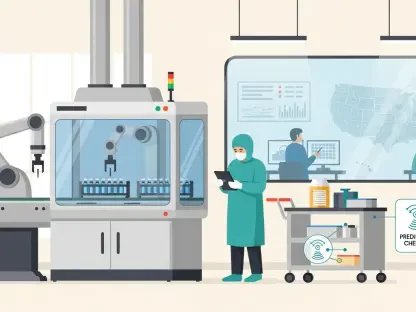I’m thrilled to sit down with Kwame Zaire, a renowned manufacturing expert with a deep focus on electronics, equipment, and production management. With his expertise in predictive maintenance, quality, and safety, Kwame brings a unique perspective to the rapidly evolving world of autonomous vehicle technology. Today, we’re diving into the exciting developments surrounding driverless ride services, particularly focusing on the expansion of robotaxi operations into new cities like Dallas. We’ll explore what drives these decisions, the role of partnerships, and the lessons learned from early deployments, as well as what the future holds for this transformative industry.
How do you see a city like Dallas fitting into the broader strategy of expanding driverless ride services in 2026?
Dallas is a fantastic choice for expanding robotaxi services because of its sprawling urban layout and high demand for innovative transportation solutions. From a manufacturing and operational standpoint, a city like Dallas offers a mix of wide roads and complex traffic patterns that are ideal for testing and refining autonomous systems. Plus, its growing population and business hubs create a natural customer base for such services. I think it’s about balancing infrastructure readiness with market potential—Dallas checks both boxes.
What unique challenges or opportunities do you think Dallas presents compared to other Texas cities like Austin, where driverless rides have already launched?
While both cities are in Texas, Dallas has a denser urban core and more intense traffic congestion compared to Austin, which could pose challenges for autonomous navigation systems. However, this also presents an opportunity to fine-tune the technology in high-pressure environments. Austin’s more laid-back traffic and tech-savvy population made it a softer landing for initial testing, whereas Dallas will likely push the boundaries of how these systems handle scale and complexity.
Partnerships seem crucial in scaling robotaxi fleets. Can you share your thoughts on why collaborating with a company like Avis Budget Group could be a game-changer for operations in Dallas?
Partnering with a fleet management giant like Avis Budget Group makes perfect sense from a logistics and maintenance perspective. They bring expertise in managing large vehicle fleets, which is critical for ensuring robotaxis are always road-ready through regular upkeep and quick turnarounds. This kind of collaboration allows the focus to remain on tech development while outsourcing the nitty-gritty of fleet operations, which can be a massive operational lift, especially in a big market like Dallas.
Speaking of operations, using a proprietary service for bookings in Dallas instead of a third-party app like in Austin is a notable shift. What advantages do you think this brings to the table?
Running your own service gives you full control over the customer experience, from booking to ride completion. It’s a chance to build brand loyalty directly and gather unfiltered data on user preferences and system performance. In a city like Dallas, where you’re establishing a presence, this direct connection can help tailor the service to local needs. It also cuts out dependency on third-party platforms, which might have their own priorities or limitations.
With over 250,000 driverless trips already completed in various cities, what key lessons do you think can be applied to a new market like Dallas?
One big lesson is the importance of adaptability. Each city has its own quirks—whether it’s traffic patterns, weather, or pedestrian behavior—and the data from places like Phoenix or San Francisco shows that systems need to be flexible to handle those variables. In Dallas, for instance, the hot climate and sudden weather shifts will test vehicle durability and sensor reliability. Also, user feedback from these trips highlights the need for seamless communication, like clear app interfaces or in-car instructions, to build trust in the tech.
Looking at plans to expand into cities like Washington D.C. and Miami alongside Dallas, what factors do you believe play the biggest role in choosing where to go next?
I’d say infrastructure and regulatory environment are at the top of the list. Cities need roads that can support autonomous tech, like clear lane markings and minimal construction chaos, but they also need local governments open to innovation. Population density matters too—higher demand justifies the investment. D.C. might be trickier due to heavy traffic and political events, while Miami’s tourist influx offers a unique user base. It’s about finding a sweet spot between feasibility and market size.
The driverless ride-hailing space is getting crowded with competitors. From a manufacturing and tech perspective, what do you think gives a company an edge in this race?
It’s all about the maturity of the technology and the ability to scale production without compromising safety or quality. Companies that started early have a head start in collecting real-world data, which is gold for refining algorithms and hardware. From a manufacturing angle, having robust supply chains for sensors and computing units is critical—any bottleneck there can stall deployment. Also, a strong focus on predictive maintenance can keep fleets running longer with fewer hiccups, which builds customer confidence.
What’s your forecast for the future of driverless ride services over the next decade?
I see this industry exploding in the next ten years, with robotaxis becoming a common sight in most major cities. The tech will keep improving, making these vehicles safer and more efficient than human-driven cars. We’ll likely see costs drop as production scales up, which will make rides more affordable and accessible. The bigger question is how regulations and public trust evolve—if those align, I think autonomous fleets could dominate urban transport by 2035, reshaping how we think about mobility.


